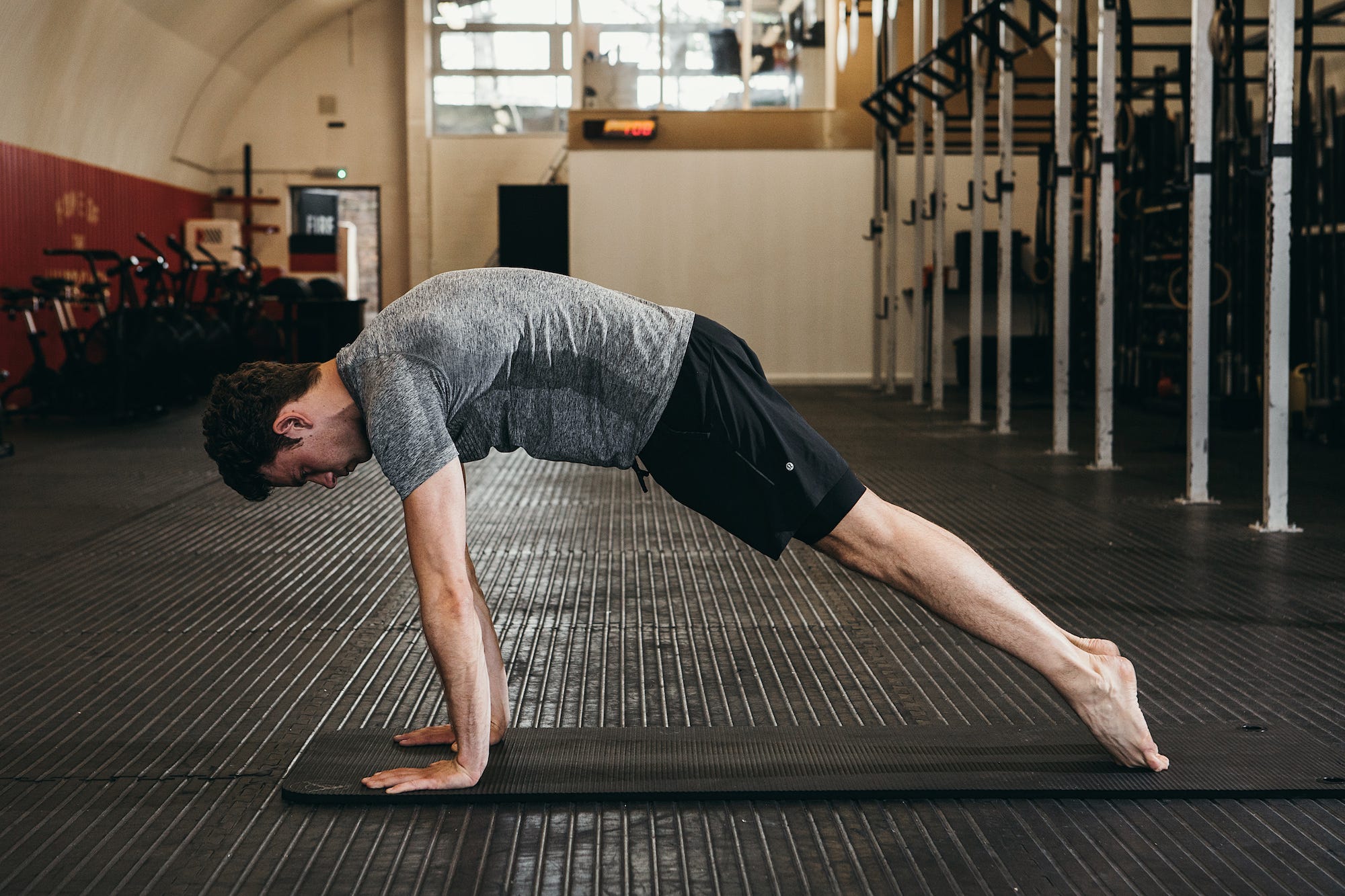Simple Corrections for a Common Exercise
Ruth has been working out off and on for pretty much her whole life, and she is no stranger to planks. She’s had lots of different people tell her all sorts of different things about how to do a good plank. “Keep your butt low!” a coach once yelled to her during warm ups. A friend at the gym reminds her to “keep her back straight.” So she works diligently on these things and feels like she has a pretty good plank. She also has some neck and shoulder pain but doesn’t attribute it to her planks because she’s doing everything right…right?Planks are a great way to strengthen your shoulders and abdominals, and lots of people do planks in different ways. So which way is best? In order to do a plank that is most supportive for health and longevity, it’s important to understand a little anatomy first.
1. Your ribcage is supposed to be “egg-shaped.” Not flat. So trying to have a flat back flattens the back of your rib cage, smushing one side of your “egg.” Most of your lung field is in the back of your ribcage! So when you flatten your back, your breathing is compromised.
2. Shoulder blades are designed to sit on an egg-shaped rib cage. When backs become flat, shoulder blades don’t know what to do, and the muscles that attach to shoulder blades get tense and sore.
3. There are practically no joints attaching your shoulder blades to the rest of your body. They are just free floating in muscle. So when those muscles get sore, shoulders get sore. Also, many shoulder blade muscles attach to your neck, so when shoulder blades are confused by flat backs, necks hurt!
4. your abdominals are breathing muscles first. This means that they attach to your ribs and help pull them down in the front to support that nice egg shape. So if your ribcage is lowering to the floor, abs get confused! because they are not designed to work in ribs that poke forward in the front. When this happens, your lower back also arches, and after a while…it hurts.
5. Hamstrings are pelvis stabilizers first. And their job is to pull the base of your pelvis down in the back, effectively “tucking” your tailbone under. When your butt pokes up (and your back arches) hamstrings get confused! And hamstrings, hips and knees, you guessed it, start to hurt.
So how should you do a plank to avoid all these issues?
1. Keep your back/rib cage “egg-shaped.” Push into the floor with your elbows to broaden and lift the space between your shoulder blades.
 |
2. Keep your pelvis slightly tucked. Instead of letting your back arch, tuck your tail under slightly- think of bringing your (imaginary) belt buckle up towards your belly button. You will feel your abs really working, and you’ll probably shake a little (or a lot!)
For extra credit- shift your weight slightly forward, but make sure you didn’t lose the tuck of your pelvis or the roundness of your back. (If you are losing it, work on the first variation for a while until you can maintain it with the shift).
 |
After doing a plank this way, Ruth was surprised to find that her neck and shoulders weren’t sore after, and in fact doing the plank had reduced her pain! She felt more grounded, strong and free in her body upon standing.
Try a plank this way and see if you also find some more freedom and flow in your body when you’re done.

